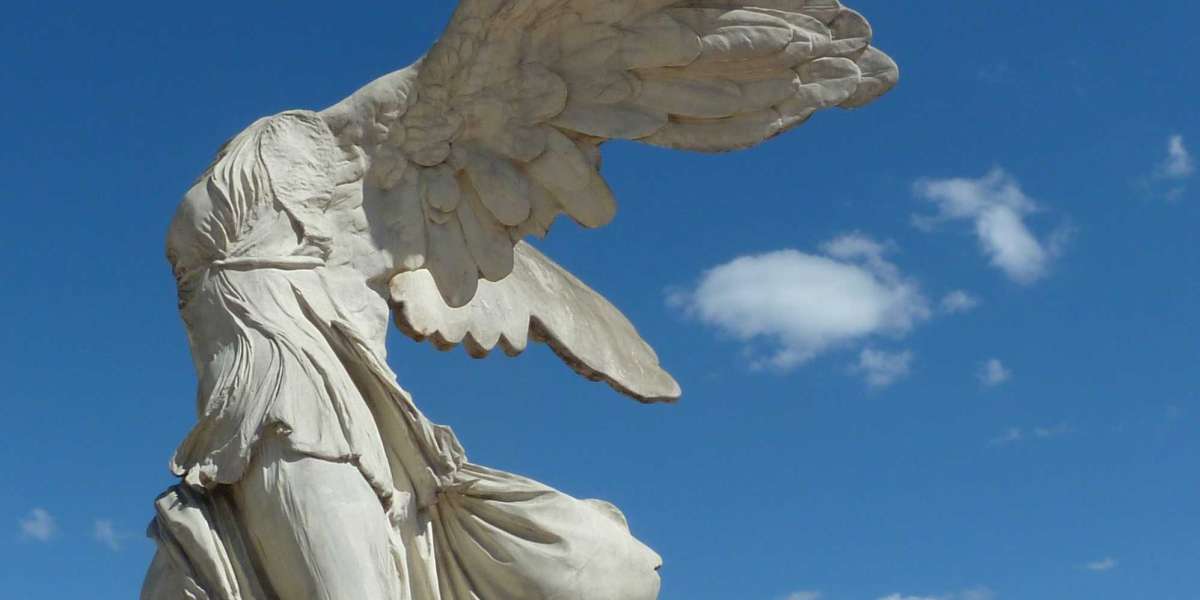Nestled on the western edge of the United States, California is renowned for its diverse landscapes, from rugged coastlines to majestic redwood forests. Amidst this natural wonderland, a unique and enchanting form of art has flourished over the years - Garden Art. Envision gardens transformed into a living, breathing canvases, where flora and creativity intermingle to create captivating masterpieces. Welcome to the world of Garden Art in California, where nature's palette and human ingenuity converge.
A Symphony of Colors The Botanical Ballet:
In the heart of California's garden art scene lies a captivating display of colors, textures, and fragrances. Imagine stepping into a realm where flowers sway in harmonious choreography, showcasing a seasonal symphony that dazzles the senses. From the vibrant tulip fields of Central California to the native wildflower meadows of Southern California, Garden Art paints an ever-changing portrait of nature's beauty.
- The Enchanted Tulip Tapestry
One of the most breathtaking displays of Garden Art can be found in the fertile valleys of Central California. Here, sprawling tulip fields burst into a kaleidoscope of hues, transforming the landscape into a mesmerizing tapestry. Each spring, visitors from far and wide flock to these fields, where meticulously cultivated rows of tulips create a living panorama that seems almost surreal.
Walking through these fields is like entering a dreamscape were reality merges with imagination. Rows of crimson, gold, and ivory tulips stretch to the horizon, their petals catching the golden rays of the California sun. The air is imbued with a delicate floral fragrance, carrying whispers of spring's embrace. Photographers and painters alike find themselves captivated by this living masterpiece, striving to capture the essence of nature's artistry.
- The Wildflower Waltz
Venturing southward, the Garden Art scene takes on a more native and untamed form in Southern California. Here, wildflower meadows burst forth with a riot of colors, paying homage to the region's natural beauty. The wildflower bloom is a moment of pure enchantment, as hillsides and valleys transform into a canvas painted by Mother Nature herself.
In the early days of spring, California poppies emerge like drops of sunshine, carpeting the landscape in vibrant orange. Lupines, daisies, and baby blue eyes join the dance, weaving a tapestry of blues, purples, and whites. As the sun sets over the horizon, the wildflowers seem to catch fire, their petals glowing with the last warm embrace of daylight. It's a fleeting spectacle, a reminder of nature's ephemeral beauty and an inspiration for Garden Art enthusiasts.
The Living Sculptures Where Flora Meets Form:
Beyond the realm of blossoms and blooms, Garden Art in California takes a three-dimensional turn, giving rise to living sculptures that defy convention. Imagine walking through a garden where hedges become mythical creatures, and trees are coaxed into intricate shapes that defy their natural inclinations. Welcome to the world of botanical sculpture, where creativity knows no bounds.
- The Art of Topiary
In the coastal enclave of Mendocino, an extraordinary form of Garden Art comes to life - topiary. As if plucked from the pages of a fairy tale, gardens in this region feature meticulously pruned shrubs and bushes that have been transformed into whimsical shapes. From elegant peacocks with feathery tails to majestic unicorns with spiraled horns, topiary artists have turned horticulture into an art form.
Wandering through these gardens feels like stepping into a realm of imagination, where the boundaries between reality and fantasy blur. Each topiary piece tells a story, inviting visitors to embark on a visual journey. The careful craftsmanship required to shape and maintain these living sculptures is a testament to the dedication and passion of the artists who sculpt nature itself.
- Miniature Worlds of Serenity
Traveling south to the bustling city of Los Angeles, another captivating facet of Garden Art awaits - the art of bonsai. Originating in Japan, bonsai is an ancient practice that involves cultivating miniature trees in containers. These diminutive creations embody the grandeur of nature in a compact form, evoking a sense of serenity and contemplation.
Bonsai gardens in California are a sanctuary of tranquility amidst the urban chaos. The carefully pruned branches and meticulously trained trunks tell stories of resilience and adaptation. Each bonsai tree is a living testament to the passage of time, as gnarled bark and twisted roots reflect the trials and triumphs of nature. Visitors to these gardens find themselves transported to a world where time slows down, and the connection between humanity and nature is palpable.
Beyond Earth Celestial Garden Artistry:
In the ethereal world of Garden Art, creativity knows no bounds, transcending the confines of terrestrial landscapes. Imagine gazing upwards at night, only to discover that the stars have descended to Earth, woven into intricate patterns that dance along garden pathways. Welcome to the realm of celestial Garden Artistry, where the cosmos becomes a source of inspiration and wonder.
- Starlight Gardens
In the remote deserts of California, far from the glare of city lights, a celestial spectacle unfolds after sunset. Starlight gardens, as they are lovingly called, are spaces where darkness and light intertwine in a mesmerizing display. These gardens are carefully designed to showcase the night sky, with pathways illuminated by soft, celestial light that guides visitors on a nocturnal journey.
As visitors wander through these gardens, they become part of a cosmic ballet, their shadows merging with the silhouettes of desert plants. Stars twinkle overhead, their brilliance mirrored by strategically placed luminous elements throughout the garden. It's a unique fusion of nature and the cosmos, a reminder that even in the vastness of the universe, beauty can be found in the most unexpected places.
- Lunar Labyrinths
Continuing the celestial theme, some Garden Art enthusiasts have taken inspiration from the moon itself, creating lunar labyrinths that invite introspection and exploration. These intricate designs are often etched into the earth, transforming open spaces into meditative mazes that evoke a sense of otherworldly connection.
Wandering through a lunar labyrinth is a transformative experience. The labyrinth's paths twist and turn, guiding participants on a journey of self-discovery. As moonlight bathes the labyrinth in its gentle glow, visitors find themselves immersed in a world where time stands still, and the boundaries between Earth and sky blur. It's a reminder that, like the phases of the moon, life is a continuous cycle of growth, change, and renewal.
Cultivating Creativity, The Garden Art Movement:
The Garden Art movement in California is more than just a visual spectacle; it's a testament to the boundless creativity and human spirit. Garden artists and enthusiasts alike are united by a shared passion for transforming the natural world into a canvas of imagination. This movement has not only redefined the concept of traditional art but has also deepened our connection to the environment and the wonders it holds.
- Bridging Nature and Creativity
Garden Art in California serves as a bridge between two seemingly disparate realms - the untamed wilderness and the realm of human imagination. The artists behind these living masterpieces often find inspiration in the landscapes that surround them, translating the language of nature into forms that awaken the senses. By doing so, they invite viewers to see the world through a different lens, fostering a deeper appreciation for the beauty that exists in both the wild and the cultivated.
- Nurturing a Sustainable Vision
At its core, the Garden Art movement in California embraces sustainability and environmental stewardship. Garden artists and horticulturalists work in harmony with the natural ecosystem, selecting native plants that thrive in their respective regions. This approach not only minimizes the need for excessive water and maintenance but also supports local biodiversity. In a world grappling with the effects of climate change, these gardens stand as a testament to the possibility of coexisting with nature in harmony.
Conclusion:
As the sun dips below the horizon and the petals of the wildflowers close for the night, California's Garden Art Statues continue to flourish, a living testament to the beauty of creativity intertwined with nature. From the vibrant tulip fields to the enigmatic lunar labyrinths, Garden Art in California reminds us that the boundaries of artistic expression are as limitless as the landscapes that inspire them.
In a world often defined by concrete jungles and digital screens, Garden Art offers a respite - a chance to reconnect with the Earth and rediscover the wonders that surround us. These living canvases not only celebrate the ephemeral beauty of nature but also serve as a reminder that, with a touch of creativity, the ordinary can be transformed into the extraordinary. So, whether you're wandering through a field of tulips, tracing the path of a lunar labyrinth, or marveling at a topiary unicorn, remember that Garden Art is more than just a visual delight; it's a celebration of the harmonious dance between human ingenuity and the natural world.








